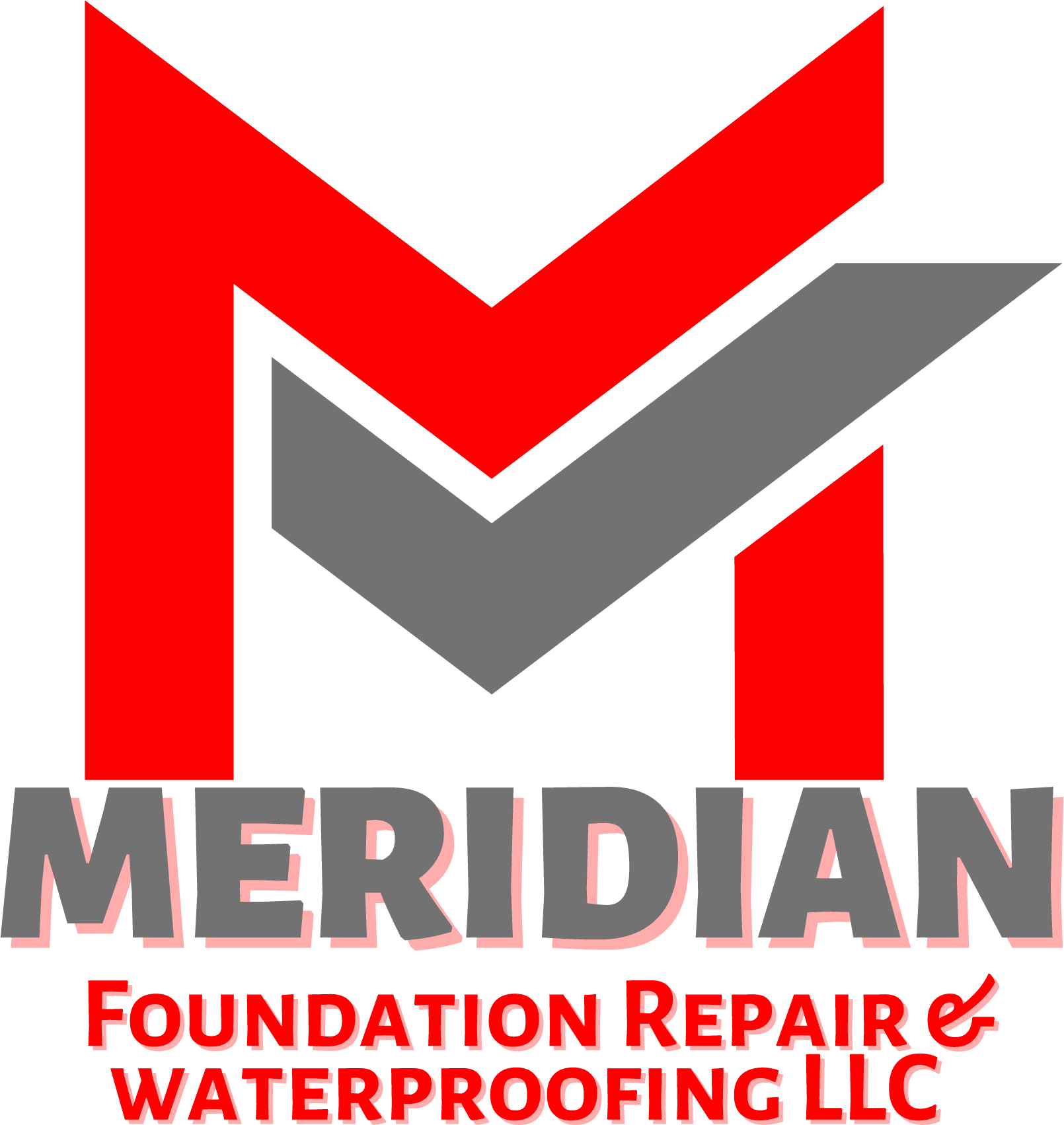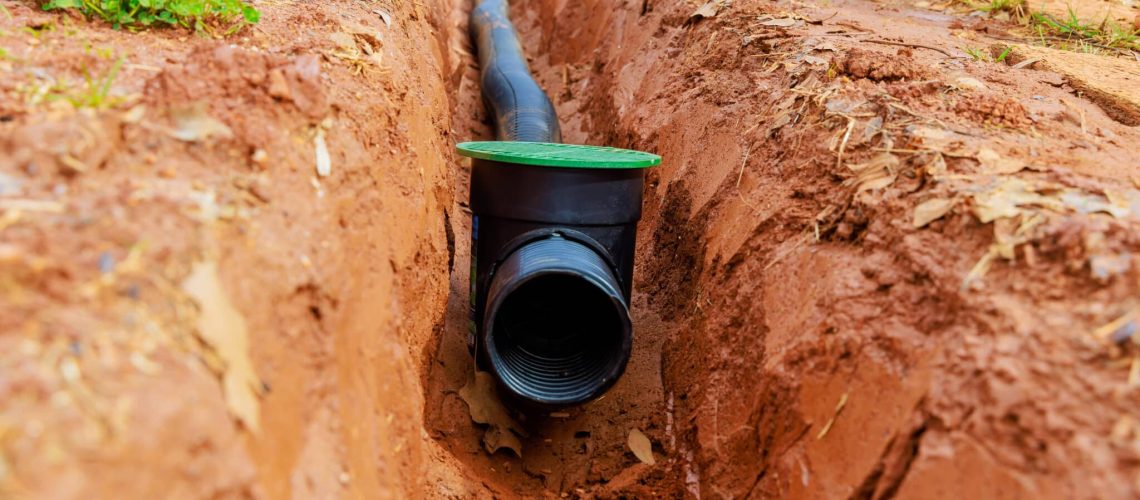In today’s world, characterized by urbanization and climate change, sustainable landscaping practices have become increasingly vital. Effective water management stands out as a key component of sustainable landscaping, particularly in regions susceptible to flooding or water scarcity. Innovative drainage solutions are pivotal in addressing these challenges, providing means to manage stormwater runoff, mitigate erosion, and replenish groundwater. In this article, we will delve into a variety of innovative drainage solutions that are revolutionizing the landscape design industry, resulting in aesthetically pleasing landscapes that are environmentally sustainable and resilient to shifting weather patterns.
Green Roofs And Living Walls: Harnessing Nature For Drainage
Green roofs and living walls are innovative solutions that harness the power of nature to manage stormwater and improve environmental sustainability. Green roofs, also vegetated roofs or eco-roofs, are partially or completely covered with vegetation and a growing medium planted over a waterproofing membrane. On the other hand, living walls, also called vertical gardens or green walls, are vertical structures that support plant growth on walls or facades. Both green roofs and living walls provide a range of benefits, including enhanced stormwater management.
One of the key benefits of green roofs and living walls is their ability to absorb and retain rainwater. The plants and growing medium act as a sponge, absorbing water during rain events and releasing it slowly over time. This not only helps to reduce the volume and velocity of stormwater runoff, mitigating flooding and erosion, but also contributes to a healthier environment. Green roofs and living walls can help improve air quality by absorbing pollutants and carbon dioxide, providing habitat for wildlife, and promoting biodiversity, offering a hopeful vision of a greener future.
In terms of stormwater management, green roofs, and living walls are particularly effective in urban areas where green space is limited. By incorporating these features into building design, cities can empower themselves to create more sustainable environments that help to combat the urban heat island effect and reduce the reliance on traditional stormwater infrastructure, demonstrating the power of innovative solutions in shaping a more sustainable future.
Bioswales: Nature’s Drainage Channels
Bioswales are nature-based drainage channels that offer an effective and sustainable solution for managing stormwater runoff. These landscaped features are designed to slow, collect, and filter stormwater, allowing it to percolate into the ground and recharge groundwater supplies. Bioswales are typically shallow, vegetated channels with gently sloping sides that help direct and slow the water flow, reducing erosion and minimizing the risk of flooding.
One key benefit of bioswales is their ability to remove pollutants from stormwater runoff. As water flows through the swale, plants and soil filter out sediment, nutrients, and other contaminants, improving water quality before it reaches streams, rivers, and other bodies of water. This natural filtration process helps to protect aquatic ecosystems and promote cleaner waterways.
In addition to their water quality benefits, bioswales also provide valuable habitat for wildlife and support biodiversity. The plants and soil in bioswales create a diverse ecosystem that can attract birds, insects, and other wildlife, contributing to a healthier and more resilient environment.
From a design perspective, bioswales can be integrated into various landscapes, including urban, suburban, and rural areas. They can be planted with native vegetation well-suited to local climate and soil conditions, creating attractive and functional green spaces within communities.
Installing French Drains: A Timeless Solution For Managing Water
Installing French drains is a timeless and effective solution for managing water, particularly in areas prone to excess moisture or poor drainage. French drains are trenches filled with gravel or rock that redirect water away from an area, preventing waterlogging and potential damage to buildings or landscaping.
One of the key advantages of French drains is their simplicity and versatility. They can be installed in a variety of settings, including residential yards, commercial properties, and agricultural fields. French drains are particularly useful for managing groundwater and surface water runoff, helping to prevent erosion and flooding.
The installation process for French drains is relatively straightforward, making them a cost-effective solution for managing water issues. First, a trench is dug in the desired location, sloping away from the problem area. A perforated pipe is then placed in the trench and surrounded by gravel or rock. This allows water to flow into the pipe and be carried away from the area, reducing the risk of water damage.
French drains can be used in conjunction with other drainage solutions, such as gutters, downspouts, and surface grading, to create a comprehensive drainage system. By redirecting water away from problem areas, French drains help to protect buildings, landscaping, and other structures from water damage, making them a valuable addition to any property.


